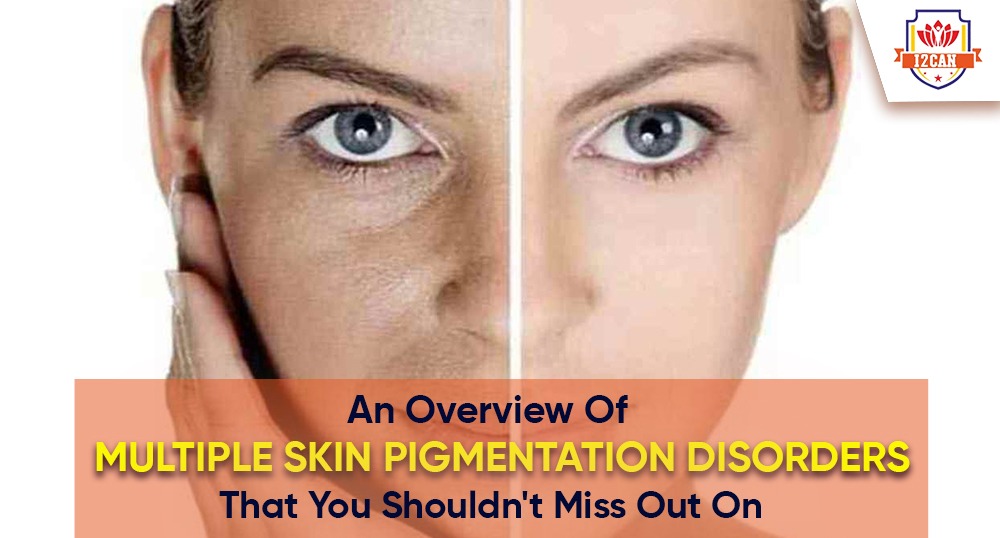Have you ever wondered why a few people have fair skin while a few have dark or brownish skin? Usually, the color of the skin depends on the pigment known as “Melanin.” So, the skin pigmentation depends on Melanin. In general, the larger amount of Melanin contributes to darker skin. In contrast, the little amount of melanin production leads to pale and light skin. Although, the skin color also depends on the infections, blisters, pregnancy, burns, or exposure to the sun.
Mostly skin pigmentation is the result of damaged melanocytes(cells that produce Melanin). A few pigmentation disorders pop up throughout the body, while a few show up in specific parts of the body. Are you curious to know about various skin pigmentation disorders? Let’s get started.
MULTIPLE SKIN PIGMENTATION DISORDERS
Now, let’s discuss a few skin pigmentation disorders based on the effects produced on your skin.
● Depigmentation
Depigmentation is a condition where the person loses his/her skin pigment completely or partially. As a result, the person loses the entire body color. This effect can be permanent or temporary.
● Hypopigmentation
It’s a condition where melanocytes produce little quantities of Melanin and results in a lighter skin complexion. Sometimes, hypopigmentation can be caused due to burns, infections, and ulcers.
● Hyperpigmentation
In this disorder, a colossal amount of Melanin is produced that darkens the skin. It also happens by taking drugs and continuous exposure to sunlight in rare cases.
SKIN CONDITIONS ASSOCIATED WITH SKIN PIGMENTATION
The skin pigmentation also causes several other skincare issues such as melasma, vitiligo, lentigines, and a lot more. Read more to discover various skin diseases associated with pigmentation complications.
● Lentigines
This is also most often referred to as “Liver Spots.” This skin condition affects parts w=that are exposed to the sun and is mostly seen in elderly people.
● Pityriasis Alba
It’s one of the most common skin conditions causing scaly patches and pale skin color.
● Vitiligo
It causes white patches which are sensitive to sunlight on the skin and are majorly caused due to the absence of melanocytes.
● Incontinentia Pigmenti
This is highly reported in males than females. The colossal melanin production and deposits cause skin discoloration.
● Xeroderma Pigmentosum
Like Albinism, it’s also one rarely observed genetic skin disorder. People suffering from this skin disorder are highly sensitive to UV rays. This is why the short span of exposure to sunlight causes severe burns and leaves them with dry skin, dark spots, and various skin cancers.
● Melasma
Melasma is a skin condition that is highly observed during pregnancies. It usually induces dark patches on the skin and is significantly caused by hormones and oral contraceptive pills.
● Acanthosis Nigricans
The most commonly affected body parts are the armpits, neck, and groin—the people with this condition experience darker and thick skin.
● Albinism
Albinism is one of the genetic disorders where the albinos experience a partial or complete loss of Melanin. These people are also highly prone to skin cancers, blurry vision, and extreme sensitivity to sunlight.

